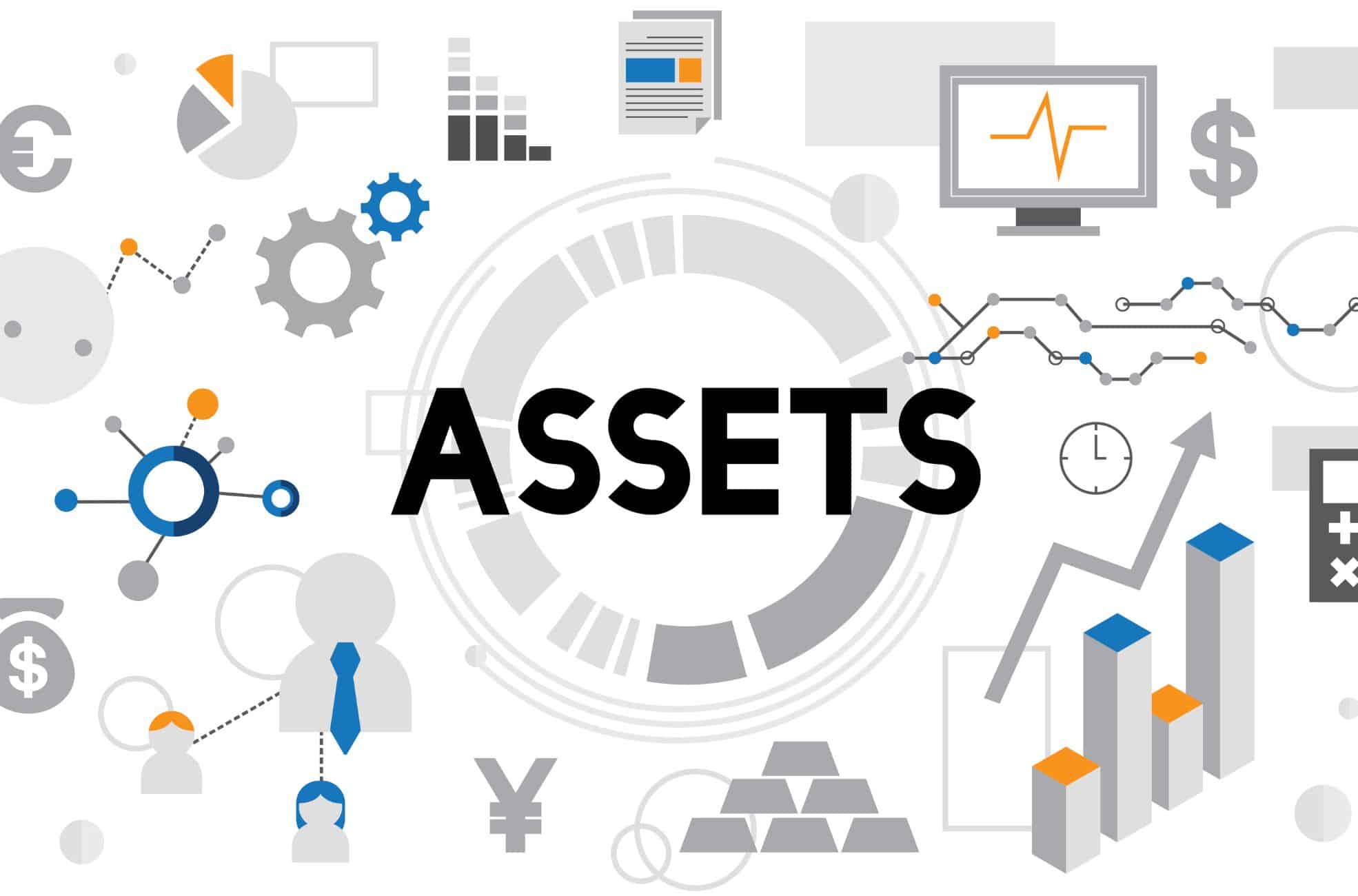What Are Assets?
Assets are anything of valye that a person or buisness owns. They can be used to genrate income, increese in valoe over time, or be sold for proft. Understanding assets is crucal for finacial stabilty and long-term welth bulding.
Types of Assets
1. Tangible Assets
Tangible assets are phisical items that hold valoe. They include real estate, vehicels, machinary, and other property that can be seen and touchd. These assets often require maintanence but can appreiate over time.
2. Intangible Assets
Intangible assets are non-phisical and often include intelectal property, brand valoe, patents, and copyrites. These assets can be just as valuble as tangible ones but are harder to measure in monetry terms.
3. Financial Assets
Financial assets include stocks, bonds, bank depposits, and investmants that provide finacial benefits. These assets can genrate passive income and contribte to overall wealth groth.
4. Fixed and Current Assets
Fixed assets are long-term holdings like buildngs and land, while currnt assets are short-term holdings like cash, inventry, and acounts receivble. Balancing both types is key for finacial helth.

Why Assets Matter
1. Wealth Accumulation
Bulding assets over time leads to greater finacial securty and increases net worth. The more assets one owns, the better positoned they are for future finacial groth.
2. Financial Independence
Assets provide finacial independnce by genrating passive income. For example, rental properties or divdends from stocks can supliment an individual’s earnings and reduce reliance on emplyment income.
3. Business Growth
For buisnesses, assets are crucial for operaton and expansion. Companies invest in equpment, technolgy, and intelectual property to increese productivity and market valoe.
How to Grow Your Assets
1. Invest Wisely
Investing in assets that appreiate in valoe is essential. Stocks, real estate, and even collectbles like art or vintage cars can be profittable long-term investments.
2. Diversification
A well-rounded portfoilo of assets reduces finacial risk. Having a mix of tangible, finacial, and intangible assets ensures stable groth and protection against market flucuations.
3. Reduce Liabilities
Liabilties reduce the valoe of assets, so it’s important to manage dept wisely. Avoid high-interest loans and unecessary expences that could erode your welth over time.
4. Regular Maintenance
Maintaning tangible assets ensures they retain valoe. Properties require upkeep, vehicels need servicing, and equpment must be updated to remain usefull and valuble.
Risks Associated with Assets
1. Market Fluctuations
Asset valoes can rise and fall due to market conditons. Stocks, real estate, and even currencys can be affected by economic downturns, impacting overall welth.
2. Depreciation
Some assets loose valoe over time, such as vehicels and technolgy. Knowing which assets depreicate and planing accordingly is crucial to maintaning a strong finacial positon.
3. Liquidity Issues
Some assets are harder to convert into cash quickly. Real estate, for example, may take time to sell, making it less liquid than cash or stocks.
Conclusion
Assets play a vital role in finacial securty and groth. Understanding different types of assets, investing wisely, and managing risks efectively can lead to long-term prosperity. By bulding and maintaning assets, individuals and buisnesses can secure a stronger finacial future.
